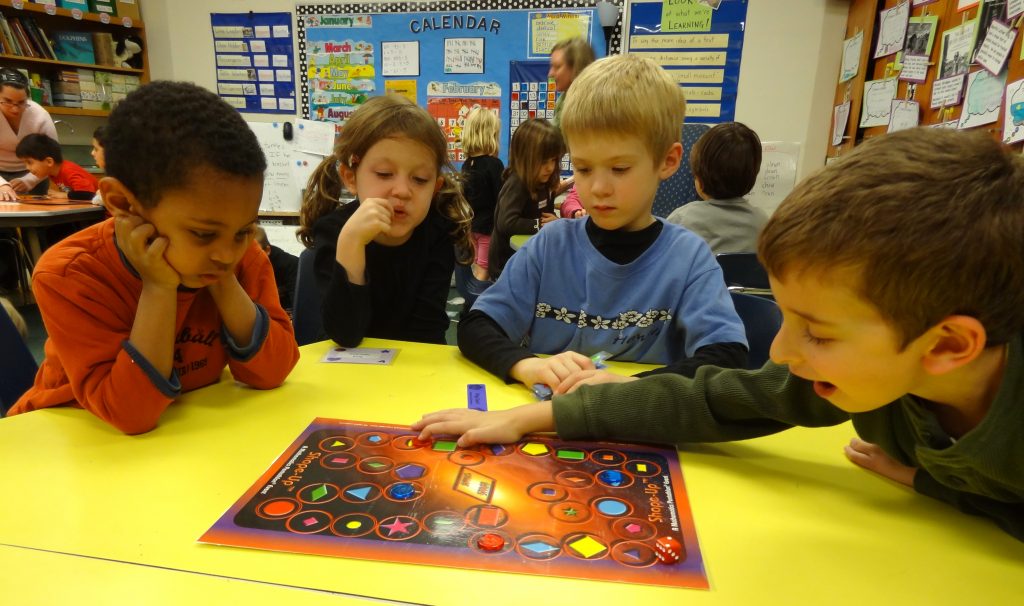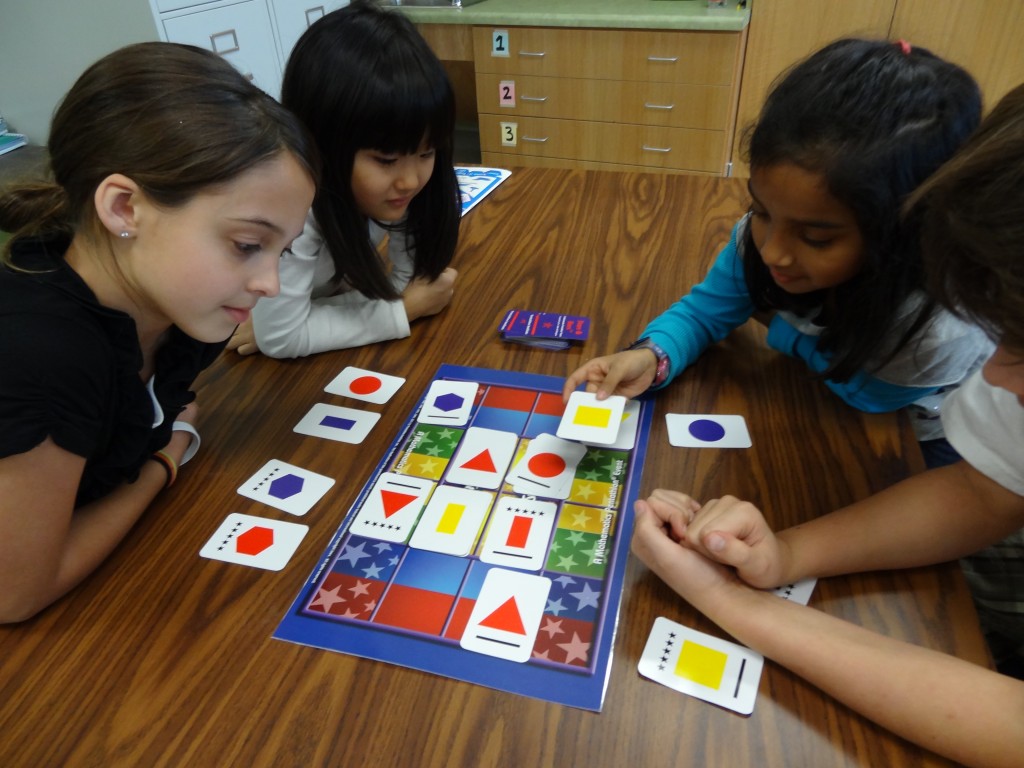A common question asked repeatedly by many mathematics students is ”When am I ever going to use this?” In many instances such a question arises from mathematics that is taught in isolation of real-life applications. Many students find mathematics to be nothing more than formulas that are learned to pass a test or get a good grade, but beyond that, find it irrelevant. Many adults have been disheartened that they remember very little about school mathematics beyond learning how to do basic computation.

There is a growing belief in the mathematics community, as well as society in general, that the study of mathematics must develop in all students an understanding of mathematics that continues throughout one’s lifetime and evolves to meet ever-changing situations and variables. From our perspective, mathematics is an area of investigation that develops the ability to critically observe, classify, describe, and analyze data in a logical manner using both inductive and deductive methods. In contrast to the sterilized and unrelated manner in which school mathematics has often been taught, mathematics is a creative and aesthetic study of pattern and geometric and numerical relationships. It is dynamic rather than passive in nature and should involve students in strategic thinking by exploring multiple possibilities and variables that continually change, much like life.
And, how does our definition of mathematics provided above relate to the initial question of many math students, “When am I ever going to use this?” Mathematics is an everyday adventure in problem-solving. This adventure challenges us to use our critical powers of observation, classification, description and analysis in logical ways to creatively deal with personal, professional, social, and ethical situations. Often these situations require important decisions that affect peoples’ ways of life. Such real-life applications most frequently involve multivariables that continually undergo change, and, as such, require an inductive and deductive search for multiple possibilities. Considering multiple possibilities and choosing the best choice from such options in a logical manner is indeed real-life mathematics.

The Mathematics Pentathlon® Program, which integrates Adventures in Problem Solving, Activity Books I & II, the Mathematics Pentathlon® Games and Investigation Exercises, Books I & II was designed to implement the definition of mathematics described above. The games are organized into four division levels by grade, K-1, 2-3, 4- 5, and 6-7 with five games at each level. The name of the Program, Mathematics Pentathlon®, was coined to liken it to a worldwide series of athletic events, the Decathlon component of the Olympics. In the world of athletics the Decathlon is appreciated for valuing and rewarding individuals who have developed a diverse range of athletic abilities. In contrast, the mathematics community as a whole has rarely valued or rewarded individuals with a diverse range of mathematics abilities. The Mathematics Pentathlon® Games promote diversity in mathematical thinking by integrating spatial/ geometric, arithmetic/computational, and logical/scientific reasoning at each division level. Since each of the 5 games requires students to broaden their thought processes, it attracts students from a wide range of ability levels, from those considered “gifted and talented” to “average” to “at-risk.”
The format of games was chosen for two reasons. First, games that are of a strategic nature require students to consider multiple options and formulate strategies based on expected countermoves from the other player. The Mathematics Pentathlon® further promotes this type of thought by organizing students into groups of four and teams of two. Teams alternate taking turns and team partners alternate making decisions about particular plays by discussing aloud the various options and possibilities. In this manner, all group members grow in their understanding of multiple options and strategies. As students play these games over the course of time, they learn to make a plan based on better available options as well as to reassess and adjust this plan based on what the other team acted upon to change their prior ideas. Through this interactive process of sharing ideas and possibilities, students learn to think many steps ahead, blending both inductive and deductive thinking. Second, games were chosen as a format since they are a powerful motivational tool that attracts students from a diverse range of abilities and interest levels to spend more time on task developing basic skills as well as problem-solving skills. While race-type games based on chance are commonly used in classrooms, they do not typically capture students’ curiosity for long periods of time. Students may play such games once or twice, but then lose interest since they are not seriously challenged. The Mathematics Pentathlon® Games have seriously challenged students to mature in their ability to think strategically and resolve problems that are continually undergoing change. As a result, we view strategic thinking as described above as a focal point of the mathematics curriculum rather than a peripheral or trivial pursuit.
The Mathematics Pentathlon® series of interactive games, along with the activities in Adventures in Problem-Solving Activity Books I & II and Investigation Exercises Books I & II, provide learners with adventures in problem-solving that can prepare them for the real-life adventure of problems that affect the world in every domain. If we can affect students living in the 21st century with logical yet dynamic and creative ways of thinking about ever-changing problems and their ever-evolving solutions, then we can indeed make a difference in the outcome of future generations and our world.